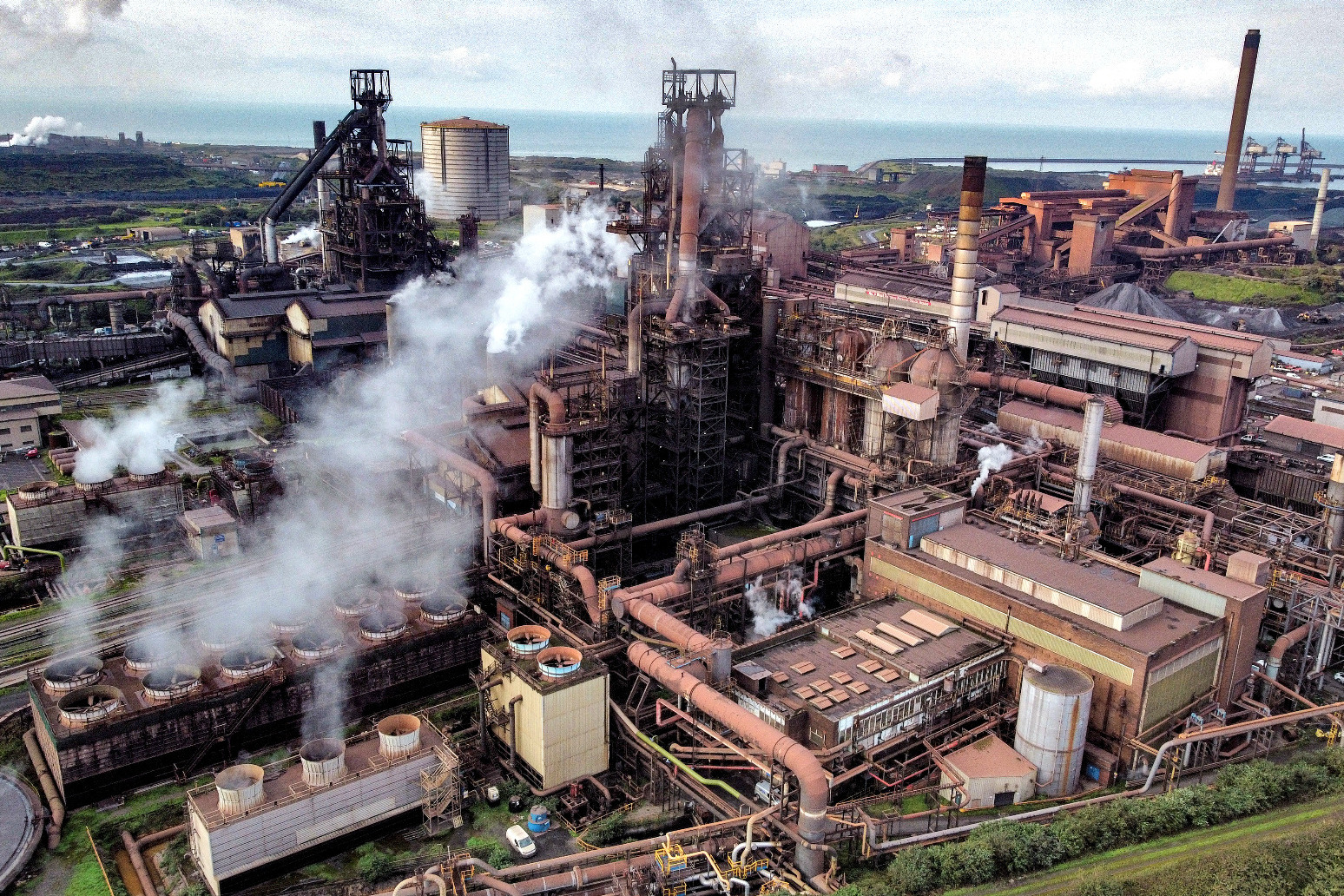This website uses cookies so that we can provide you with the best user experience possible. Cookie information is stored in your browser and performs functions such as recognising you when you return to our website and helping our team to understand which sections of the website you find most interesting and useful.
Steel prices could endanger offshore wind projects
26/03/2024

That’s according to a new report from consultancy, Newton
There is likely to be an explosion of demand for steel in the UK, and the potential price spikes that could follow could delay key projects, such as the expansion of offshore wind, a report has claimed.
British projects will have to start relying on foreign steel unless production in the UK is “ramped up,” which would be “unlikely” after plans to close the furnaces at the Port Talbot steelworks were announced earlier this year.
Consultancy Newton said that if the UK turns to the international market while other countries are also trying to build steel-hungry wind farms, global prices could spike.
“Analysis by Newton reveals that demand peaks have the potential to lead to price spikes, which may impact project delivery,” the consultancy said.
Offshore wind farms will need close to 3.8 million tonnes of steel in the UK between 2025 and 2027, Newton said. That would be around a quarter (23%) of the country’s steel production.
It is all in the mission to reach a Government target of building 50 gigawatts (GW) of offshore wind in UK waters by the end of the decade, which is up from around 14 GW today.
Newton partner Dan Parker said: “The UK’s offshore wind sector has ambitious targets to meet, set out by the Government’s commitment to produce 50GW of wind power by 2030.
“Fundamental to reaching this target will be ensuring existing UK offshore wind projects are delivered on time and on budget.
“This means they need the requisite raw materials to be available at the price they’ve planned for.
“To ensure we’re not blown off track, it is imperative that UK industry and government collaborate to ensure a steady supply of steel that can meet the predicted demand peaks as industry flexes to meet the 50GW target.”
Published: by Radio NewsHub



